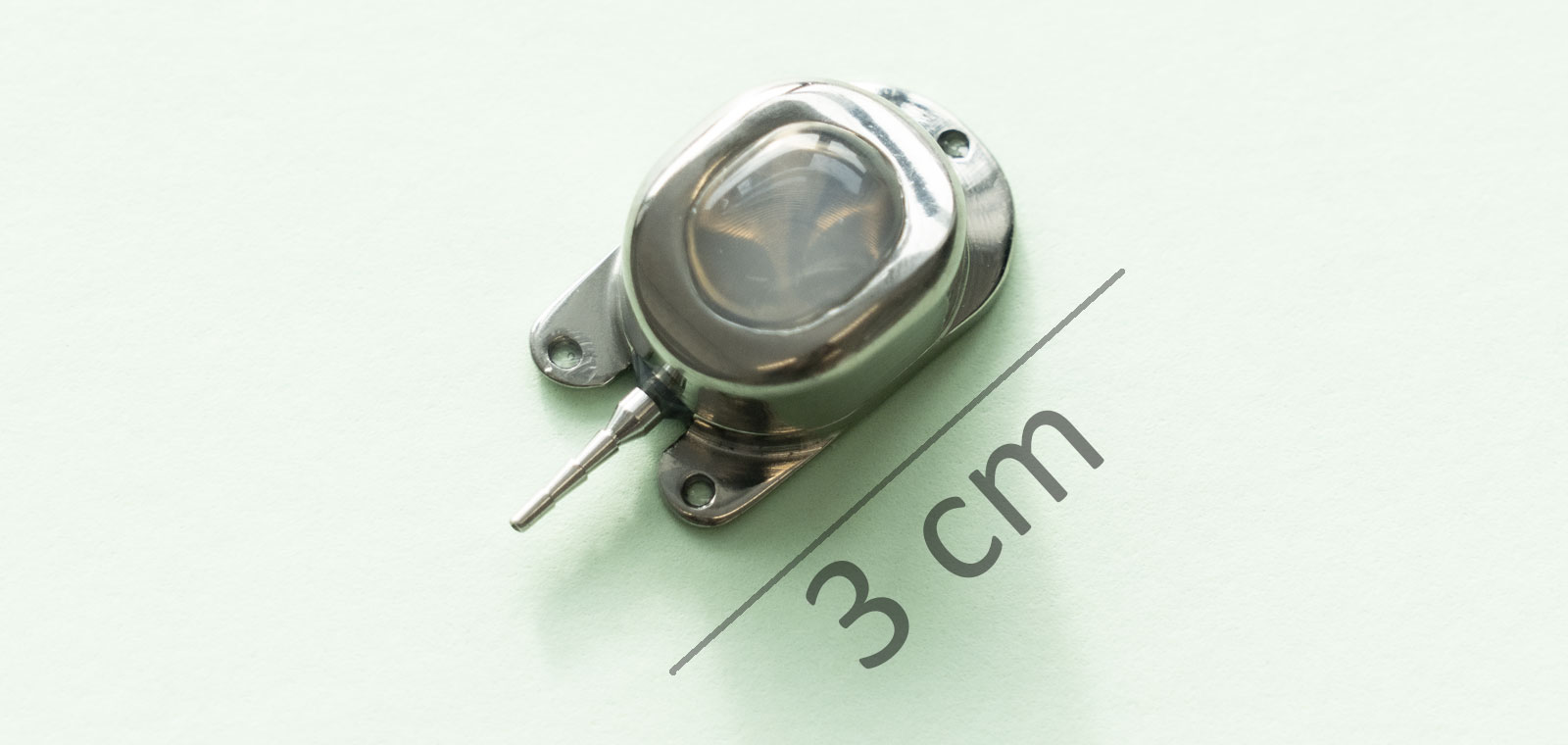
The picture shows a so-called VAP, or a vascular access point. Patients receiving chemotherapy are often pricked. Poking regularly may cause damage to the blood vessel. That is why patients sometimes get a VAP. Thanks to this subcutaneous implant, a doctor can administer chemotherapy or draw blood, without damaging the blood vessel. Laboratory animals can also benefit from a VAP, for example blood donors.
BPRC has selected a number of monkeys as blood donors. We use their blood in the lab for various research in the context of reducing and replacing laboratory animals. For example for research into malaria and the testing of medicines against various diseases. For the monkeys, this means that they are regularly given a light anesthetic so that animal care workers can safely draw blood.
Can't we do that in another way?
What if we implant a VAP and teach the monkey to stick out a leg? Would that make it possible to draw blood without anesthesia? A nice idea, but before that became reality, a lot has happened.
Months of training
Training does not mean that we let monkeys jump through a hoop, but we train monkeys to voluntarily participate in biotechnical activities as much as possible. Training makes the actions predictable for them, causing less stress. Training a monkey to volunteer for a blood draw starts with letting the monkey stick out one leg in exchange for a treat. Then having a care worker grasp the leg and hold a plastic syringe against it. The last step, a real blood draw without anesthesia, seemed a long way to go, but recently there was the breakthrough. One of the donor monkeys voluntarily offered a leg and with that, the first blood draw was a fact.
No unlimited blood draw
For human blood donors, there are strict rules about how often and how much blood they can donate. This also applies to our monkeys. Of course we keep a close eye on not exceeding this.
More animals in training
So we work animal-free if possible, and where we cannot, as animal-friendly as possible. We are now training more monkeys to become blood donors. Who knows what the future will bring us!

